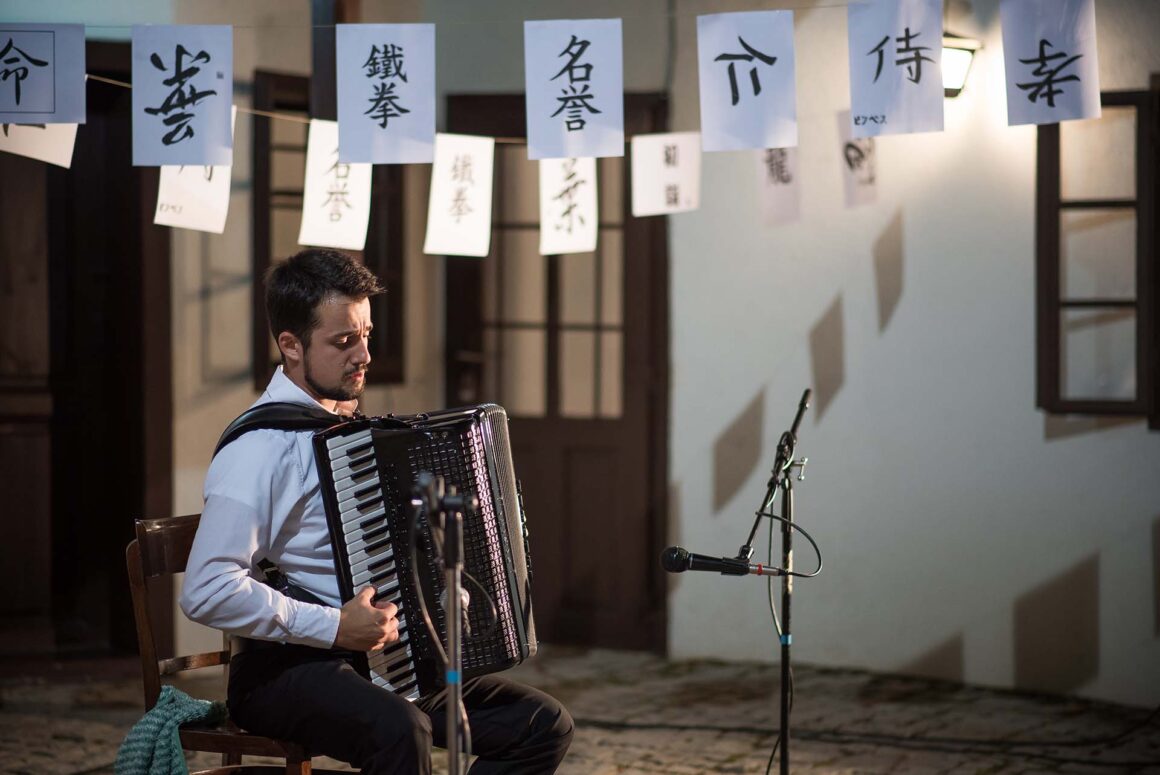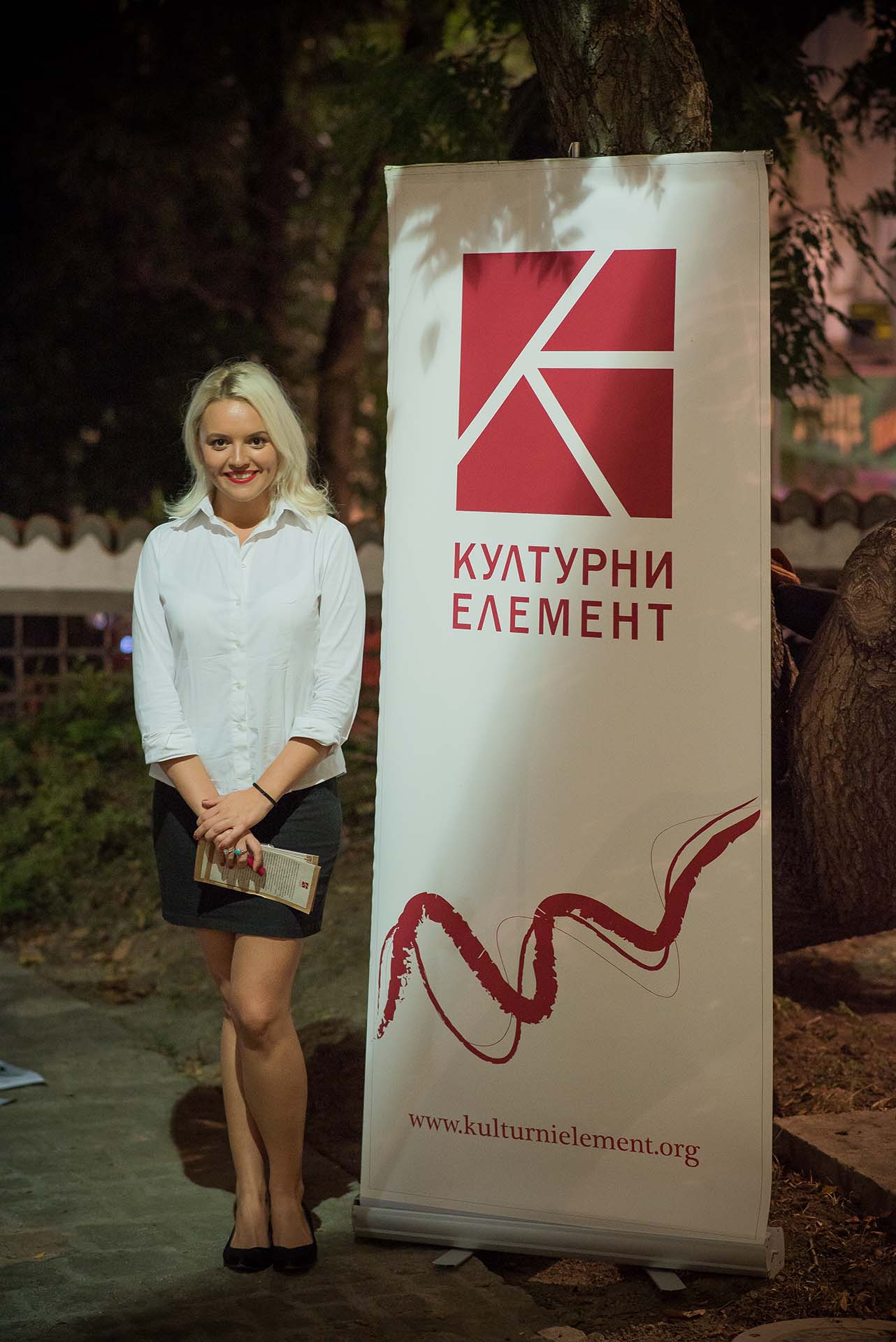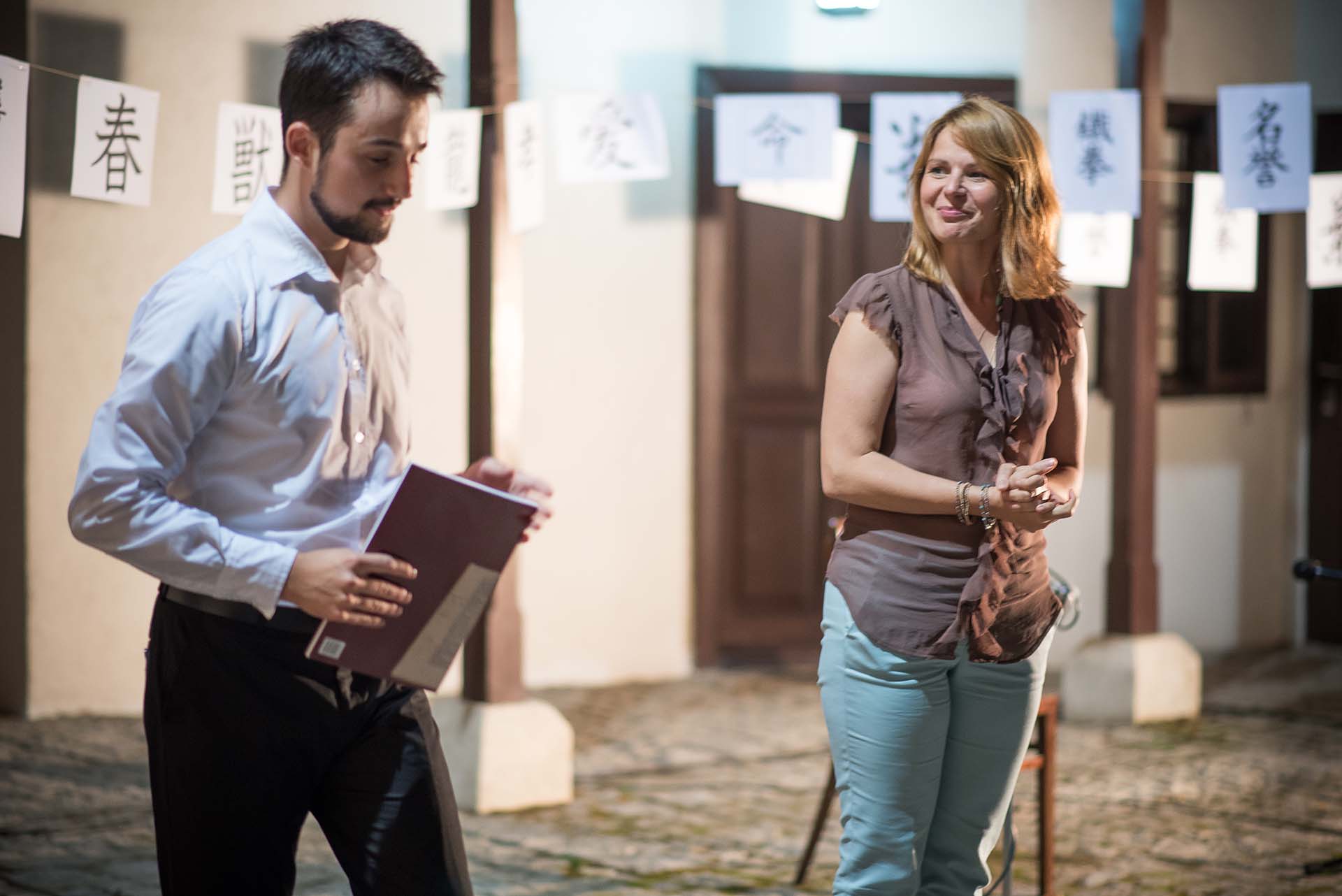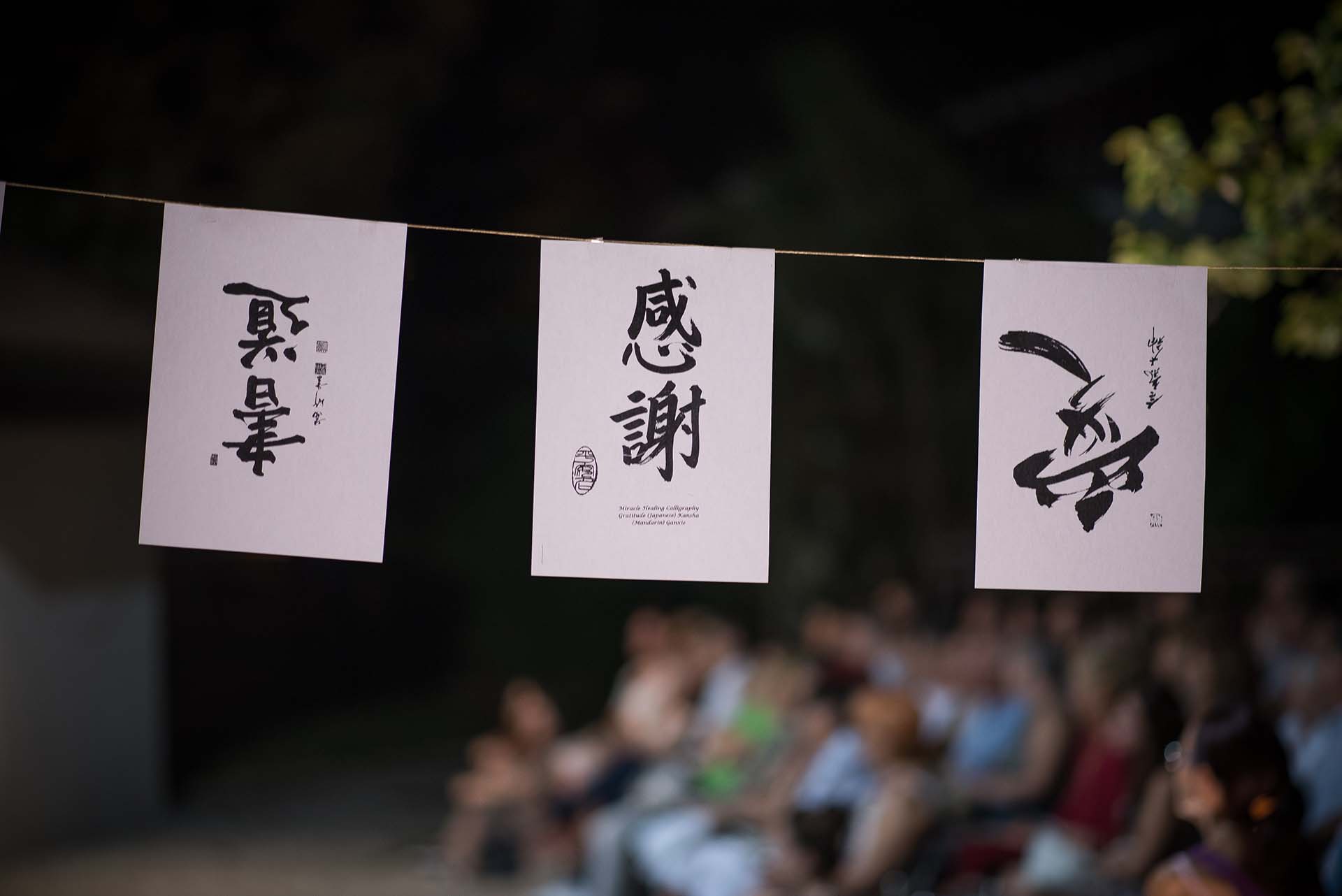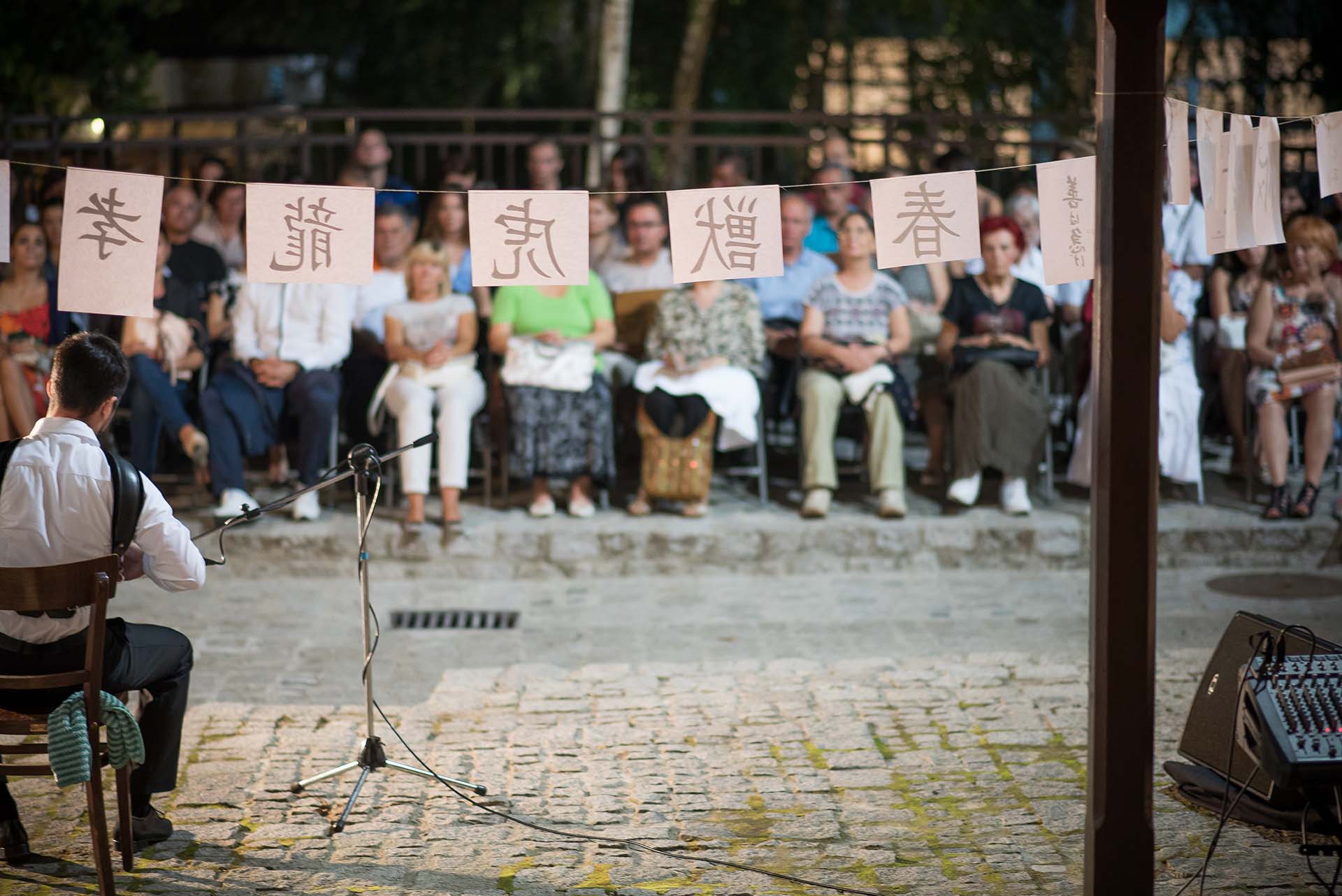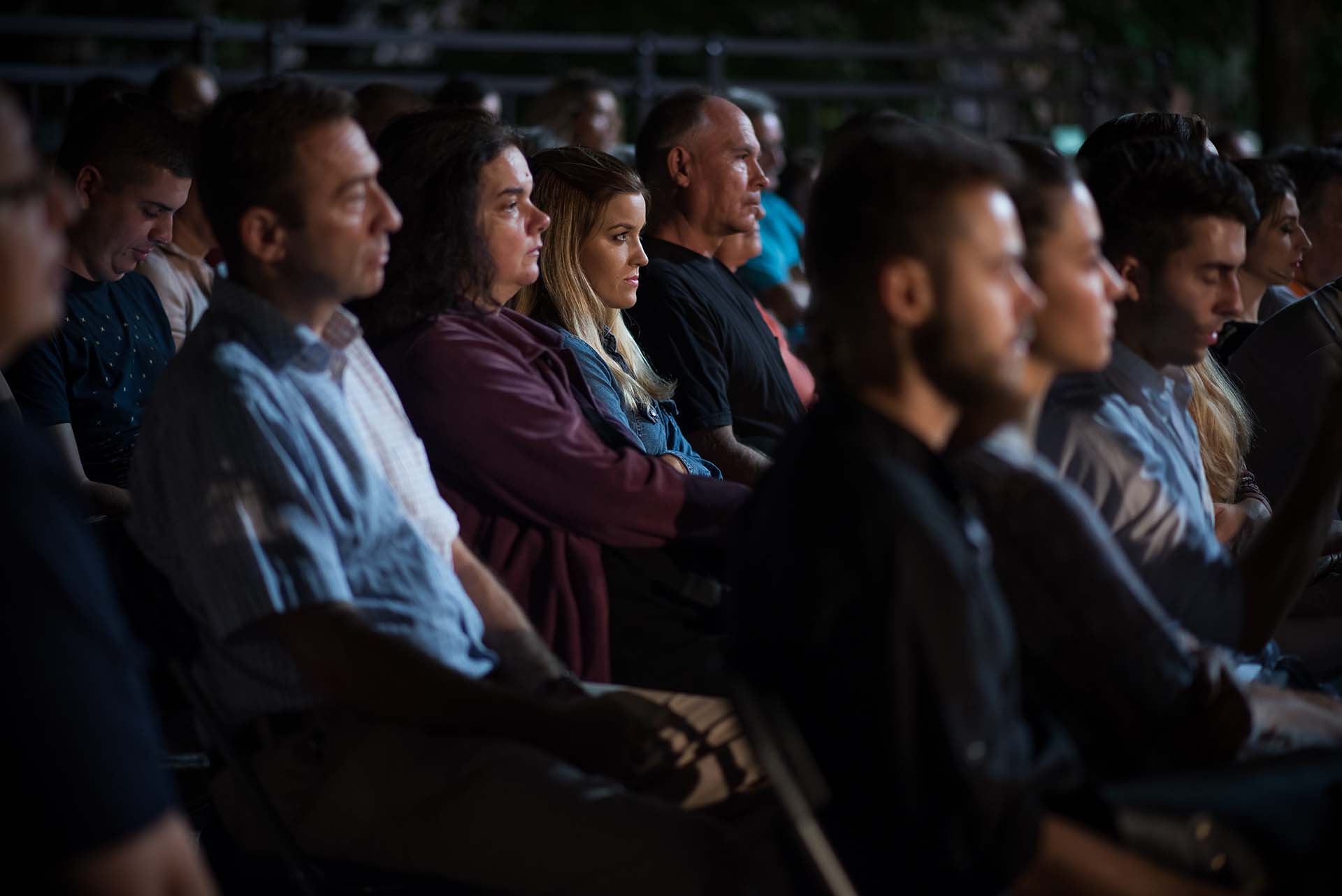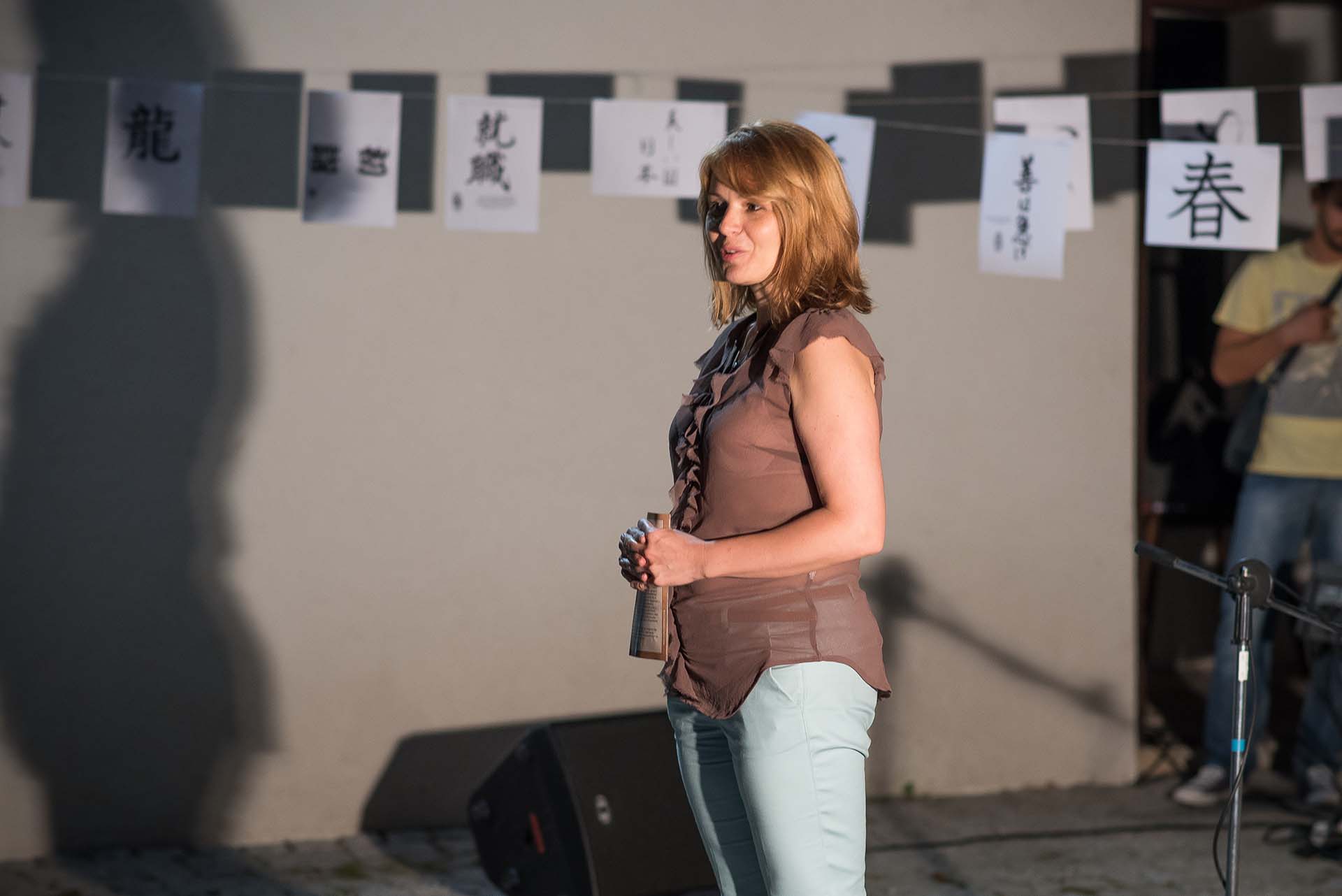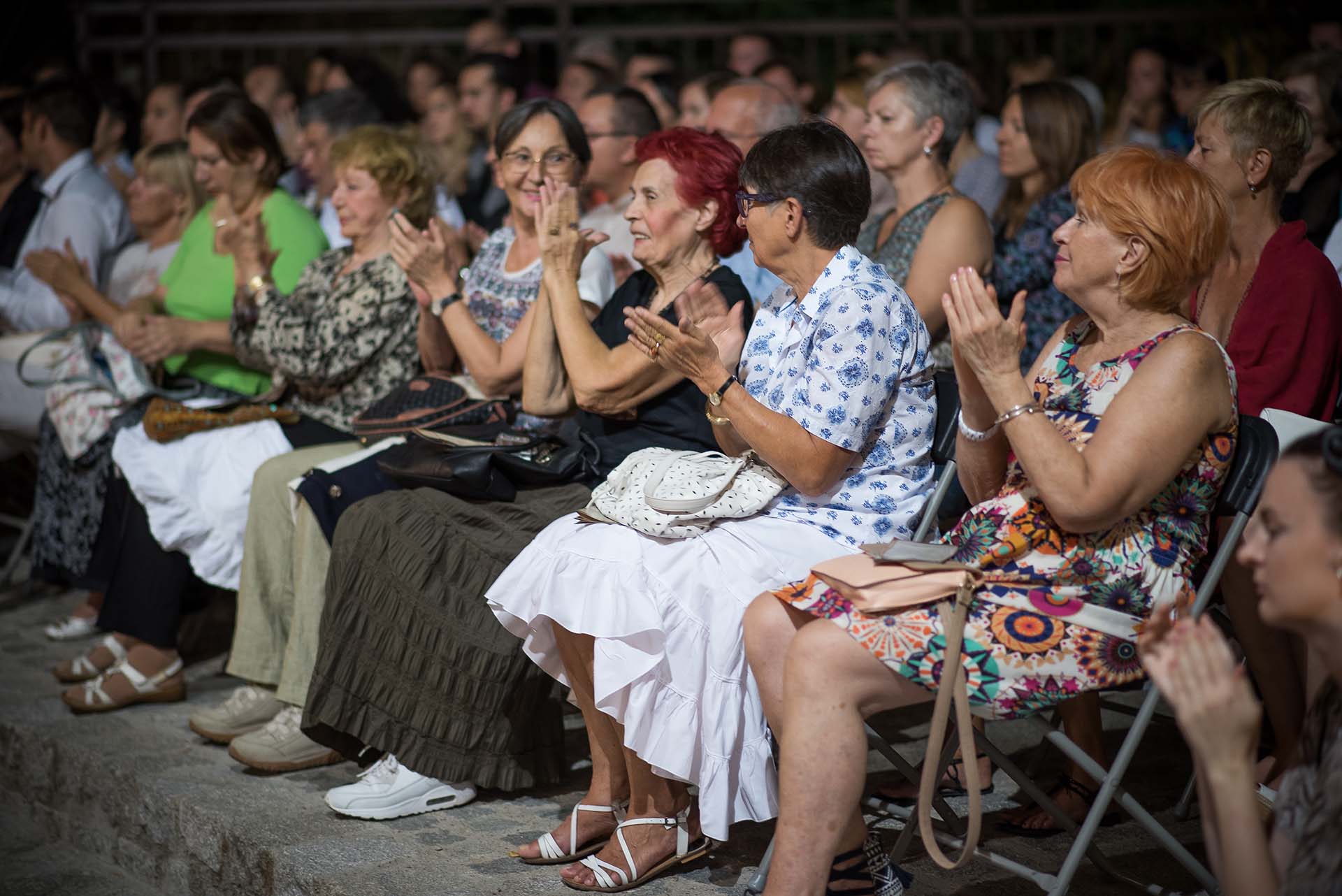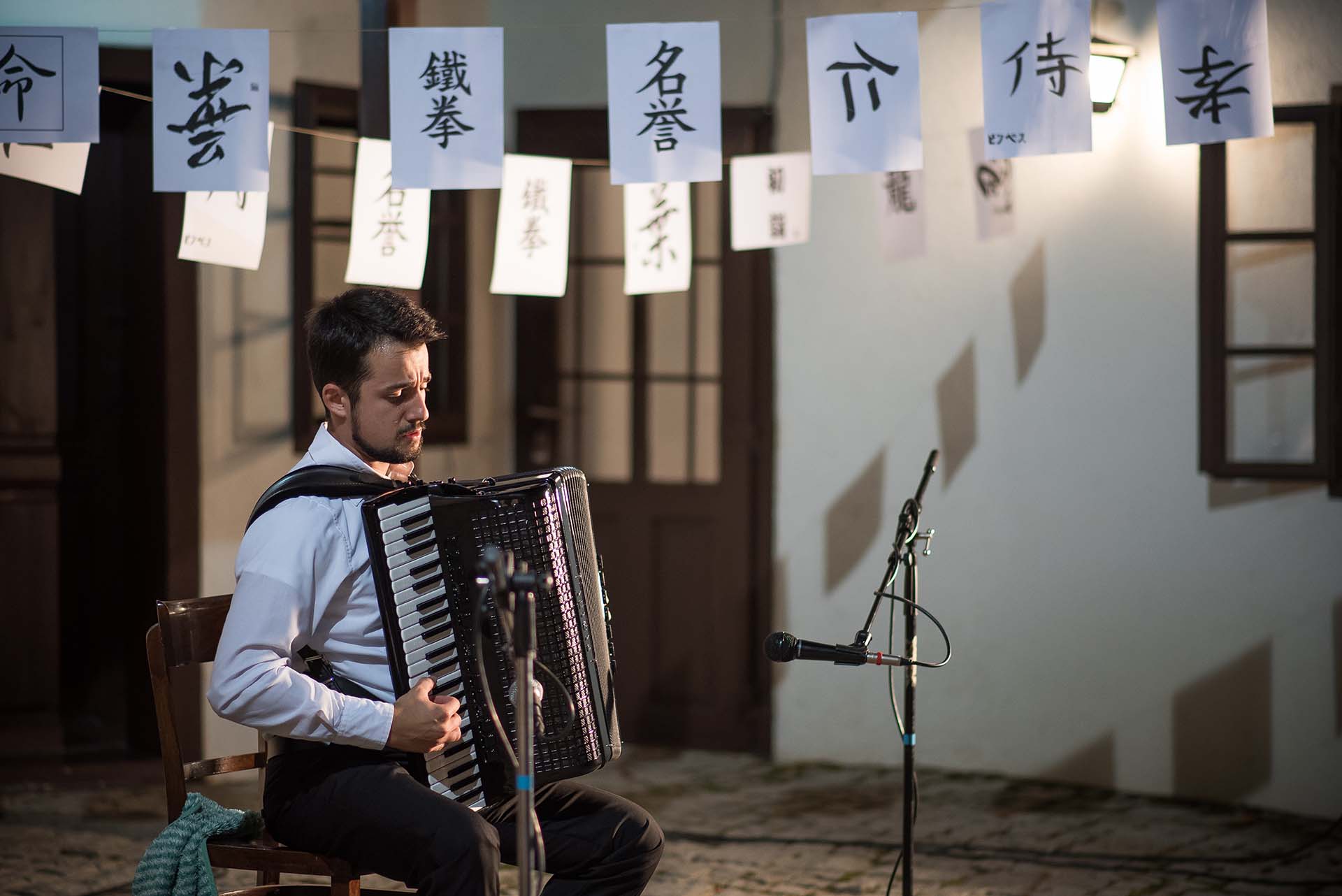Although the accordion, as a musical instrument, was unknown to the Japanese until the second half of the 19th century, they were already familiar with an advanced literary instrument at the beginning of the 9th century (a thousand years earlier). This “paper instrument” is the forerunner of today’s books, and in its form it resembles an accordion or bandoneon. In that form, which is called orihon and represents a special style of making books, the diary of the Japanese writer Sei Shonagon was built – “The Pillow book”. Created in the golden age of Japanese poetry, the book has been circulating in the court in the form of an orihon for centuries, and thanks to that recognisable Japanese principle, which implies a perfect balance between tradition and variations, we still have the opportunity to relate with this work from the 10th century. Inspired by the example of the poetic lists, the most famous part of this book, we also made the program of tonight’s concert, in the Museum of Vuk and Dositej. This evening, by playing works that resemble the observations of a Japanese writer in their musical structure, the accordionist Marko Lukić will solemnly close the event “Museum in the heart of the city”, and thus conclude this musical summer by adding another nuance to the secret list of… “the things that make our hearts beat” …
| Локација | Музеј Вука и Доситеја |
| Датум | 15.септембар 2016. у 20 часова |
| Едиција | Сарадња са Народним музејем |
| Извођачи | |
| хармоника | Марко Лукић |
| Програм | Ствари које буде драге успомене на прошлост Ј.С. Бах – Прелудијум и фуга у ге-молу (ДТК 2) Д. Скарлати – Соната у де-дуру К.453 Ствари од којих нам срце заигра С. Рахмањинов – Баркарола А. Кусјаков – Соната бр. 4 Предмети песништва В. Семјонов – Злослутни сан Ј. Тинесу – Узлетање Профињене ствари, птице Гост концерта: Мирко Матовић – флаута К. Дебиси – Сиринкс П. О. Феро – Жад |
| Фотографије | Иван Плазачич |
| Дизајн плакта и програма | Вук Бабовић |

